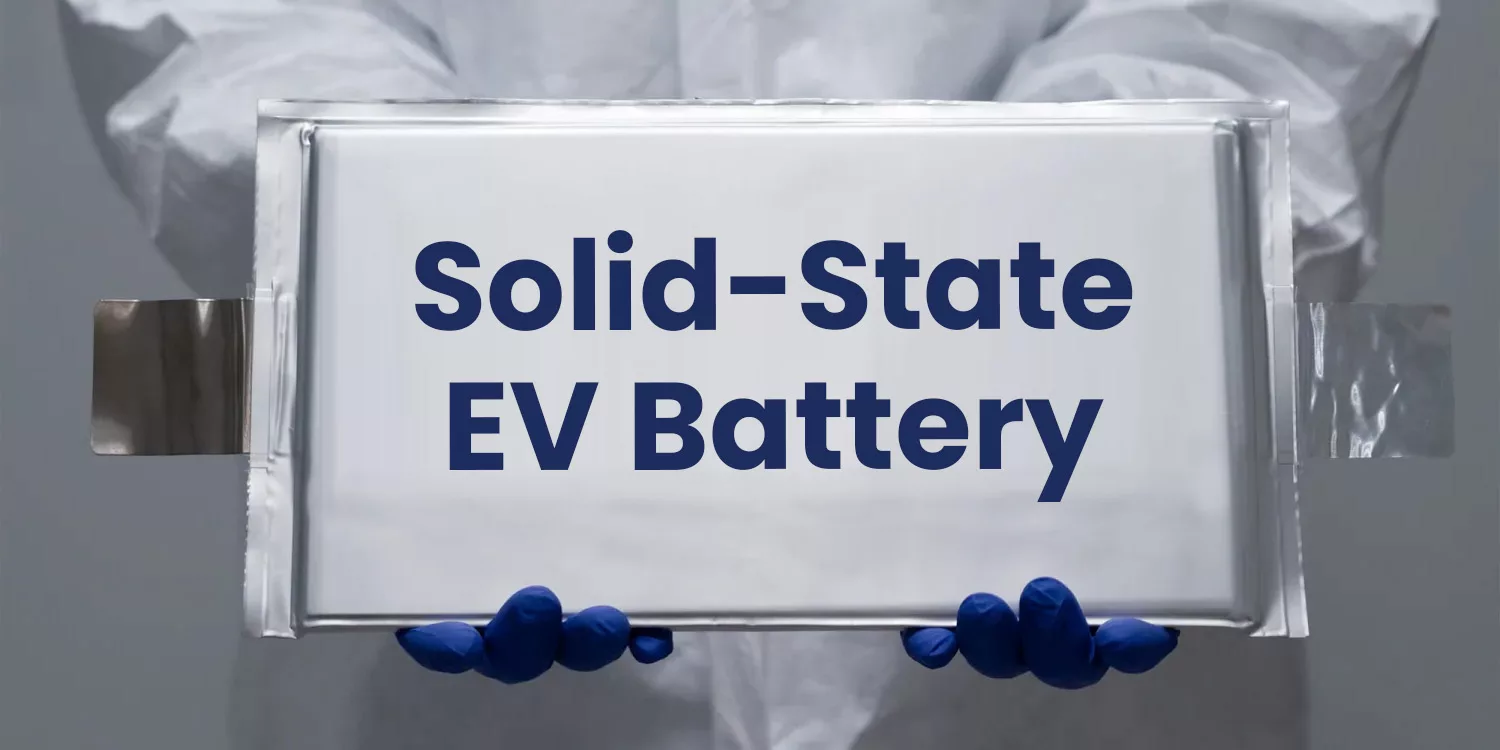Solid-state batteries are emerging as a game-changing technology for the space industry, offering significant advantages over traditional battery systems. Their unique characteristics make them ideal for powering spacecraft, satellites, and other space exploration technologies, ensuring reliability and efficiency in extreme environments.
What Are Solid-State Batteries and How Do They Operate?
Solid-state batteries are energy storage devices that utilize a solid electrolyte instead of a liquid or gel electrolyte found in conventional lithium-ion batteries. This solid electrolyte facilitates the movement of ions between the anode and cathode, resulting in higher energy density and improved safety.
Chart: Structure of a Solid-State Battery
| Component | Function |
|---|---|
| Anode | Stores lithium ions during charging |
| Cathode | Releases lithium ions during discharge |
| Solid Electrolyte | Conducts ions between anode and cathode |
How Do Solid-State Batteries Enhance Performance in Space Missions?
Solid-state batteries enhance performance in space missions by providing several critical advantages:
- Higher Energy Density: They can store more energy per unit weight, which is essential for reducing payloads in space travel.
- Improved Safety: The solid electrolyte minimizes risks associated with leakage and combustion, crucial for maintaining safety in space.
- Wide Operating Temperature Range: These batteries can function effectively across extreme temperatures, making them suitable for various space environments.
Chart: Comparison of Energy Density
| Battery Type | Energy Density (Wh/kg) |
|---|---|
| Traditional Lithium-Ion | 150-250 |
| Solid-State Battery | 300-500 |
What Key Benefits Do Solid-State Batteries Provide for Space Exploration?
The benefits of solid-state batteries for space exploration include:
- Longevity: They typically have a longer cycle life, reducing the need for frequent replacements during long missions.
- Faster Charging: Their ability to support rapid charging is beneficial for missions that require quick energy replenishment.
- Reduced Weight: The higher energy density allows for lighter battery systems, which is crucial for launch efficiency.
What Challenges Must Be Overcome for the Adoption of Solid-State Batteries in Space?
Despite their potential, several challenges must be addressed before solid-state batteries can be widely adopted in the space industry:
- Manufacturing Complexity: Producing high-quality solid-state batteries can be complex and costly compared to traditional batteries.
- Material Limitations: Identifying suitable materials that can withstand the harsh conditions of space while maintaining performance is essential.
- Interface Issues: Ensuring effective interfaces between solid-state batteries and spacecraft systems is critical for optimal performance.
How Is the Space Sector Evolving with Solid-State Battery Technology?
The space sector is rapidly evolving to incorporate solid-state battery technology:
- Increased Research Investment: Organizations like NASA and private aerospace companies are investing heavily in developing solid-state battery solutions tailored for space applications.
- Collaborative Efforts: Partnerships between battery manufacturers and aerospace firms are accelerating innovation and addressing technical challenges.
Industrial News
Recent advancements in solid-state battery technology have garnered attention from major players in the aerospace industry. NASA is exploring partnerships with leading battery manufacturers to develop next-generation power systems that leverage solid-state technology. These innovations aim to enhance energy efficiency and safety for future missions to Mars and beyond.
What Future Innovations Are Anticipated in Solid-State Battery Applications for Space?
Future innovations in solid-state battery technology may include:
- Advanced Materials Research: Ongoing studies aim to discover new materials that enhance ionic conductivity and thermal stability under extreme conditions.
- Integration with Renewable Energy Sources: As space missions increasingly incorporate solar power, integrating solid-state batteries with these systems could optimize energy use.
- Miniaturization Techniques: Developing smaller, more efficient battery designs will be crucial as spacecraft become more compact.
Redway Expert Insights
“Solid-state batteries represent a transformative shift for power systems in space exploration,” states Dr. Jane Redway, an expert in aerospace energy solutions. “Their ability to provide safe, efficient, and long-lasting power will be pivotal as we venture further into our solar system.”
FAQ Section
Q1: What are solid-state batteries?
A1: Solid-state batteries use a solid electrolyte instead of a liquid one, allowing for higher energy density and improved safety.Q2: How do solid-state batteries benefit space missions?
A2: They offer higher energy density, improved safety features, longer lifespan, and faster charging capabilities, making them ideal for space applications.Q3: What challenges do solid-state batteries face in space?
A3: Key challenges include high manufacturing costs, material limitations under extreme conditions, and ensuring effective interfaces with spacecraft systems.Q4: How is the space industry adapting to new battery technologies?
A4: The industry is increasing research investments and forming collaborations to develop solid-state solutions tailored for aerospace applications.Q5: What future developments can we expect in this field?
A5: Innovations may include advanced materials research, integration with renewable energy sources, and miniaturization techniques to optimize battery designs.



